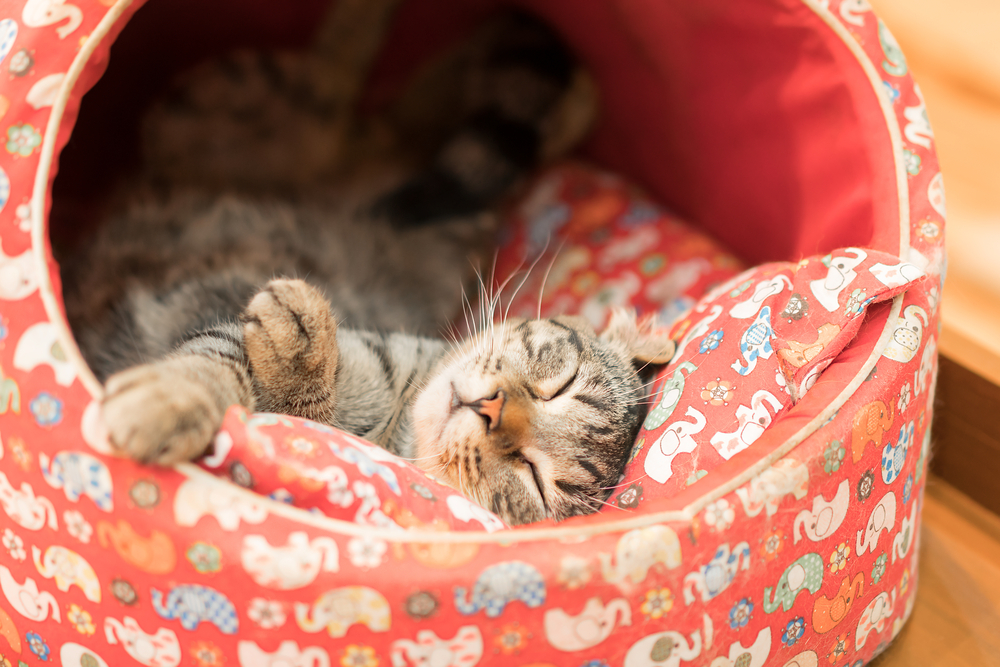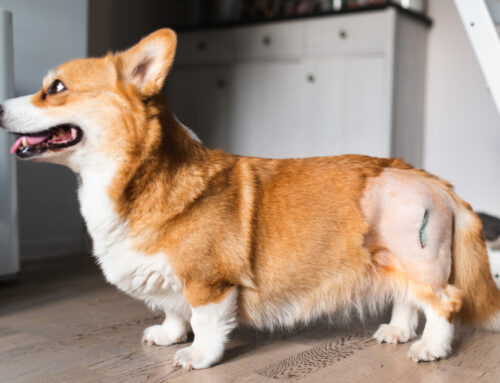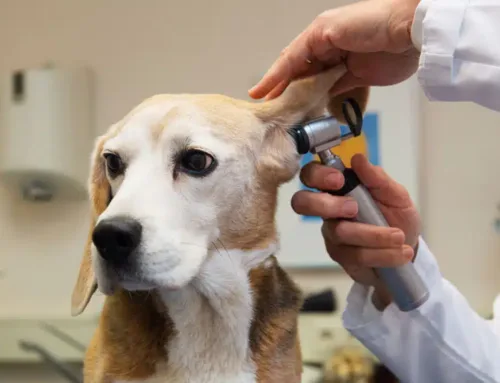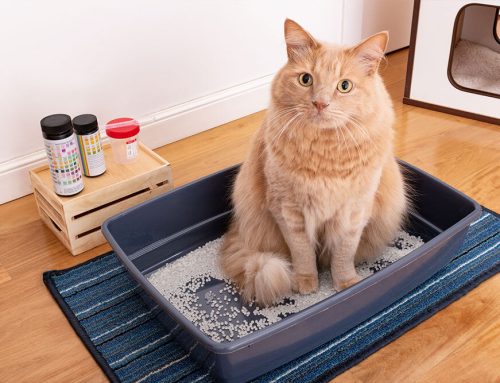Cats are mysterious creatures, and their stoic nature prevents them from expressing when they are in pain. Studies have reported that between 60% and 90% of cats live with arthritis pain, which means your favorite feline could be suffering in silence. Feline arthritis is more common than you think, and to increase awareness and improve our feline friends’ quality of life, our Fairfax Veterinary Clinic team is shedding light on this painful degenerative joint condition. Learn to identify your cat’s pain signs, and ensure they receive the care and pain relief they deserve by following these feline arthritis do’s and don’ts.
DO learn feline arthritis causes
In decades past, cats’ arthritis treatment options were limited, and disease awareness among pet owners and veterinary professionals was lacking. With veterinary science and treatment advances, however, we now know that arthritis is widespread in aging cats, but fortunately we have new treatment options at our disposal. Learn about feline arthritis and its causes so you can take proactive measures to prevent, identify, and manage the condition, helping ensure your cat has a happier, healthier life.
Some factors appear to predispose cats to this degenerative joint disease. Cats’ common risk factors include:
- Aging — Because of joints’ wear and tear, which occur over time, older cats tend to develop arthritis more often than younger ones. However, cats of any age can develop this degenerative joint disease.
- Genetics — Certain cat breeds (e.g., Himalayans, Persians, Siamese) are predisposed to underlying joint problems, such as hip dysplasia, patellar luxation, and cartilage abnormalities.
- Joint abnormalities — Abnormal joint formation causes affected joints’ bones to shift oddly, destroying the cartilage and causing pain.
- Injury — Fractures, dislocations, and soft tissue injuries in and around a joint can cause abnormal joint conformation, which leads to arthritis.
- Obesity — Extra weight places excess strain on a cat’s joints, plus fat cells exacerbate the condition by producing chronic, low-grade inflammation throughout the body.
DON’T miss feline arthritis signs
Feline arthritis signs can be subtle, and you may not recognize that your cat has this disease until the condition has advanced, and treatment is more challenging. Early detection is key to successful arthritis treatment. Learn to recognize subtle changes in your feline friend’s behavior that may indicate they are experiencing arthritic discomfort. Be on the lookout for these early feline arthritis signs:
- Reduced grooming
- Reluctance to jump or use stairs
- Unexplainable personality changes
- Inappropriate litter box habits
Cats are stoic and often hide illness signs until a disease has become advanced. Severely arthritic cats may no longer able to hide their pain and may display more obvious signs such as:
- Limping
- Gait changes
- Arched back
- Decreased muscle mass along the spine, hips, and thighs
- Increased sleeping
DO schedule your cat’s veterinary visit
Left untreated, arthritis causes chronic stiffness, range-of-motion loss, reduced mobility, and poor quality of life. If your cat is exhibiting arthritis signs, schedule an appointment with our Fairfax Veterinary Clinic team. An accurate arthritis diagnosis requires a detailed history of your cat’s at-home behavior and a thorough physical examination to identify joint swelling and discomfort signs. To rule out other potential causes for your cat’s illness signs, your veterinarian may perform additional diagnostics, such as:
- Complete blood count (CBC)
- Blood chemistry panel
- Urinalysis
- X-rays
DON’T let your cat suffer in pain
Arthritis is a degenerative condition, so management is key to slow the disease’s progression and promote a good quality of life. Arthritis treatment depends on the disease’s severity and the pet’s individual condition. Feline arthritis treatment often includes one or more of the following:
- Anti-inflammatory medications to decrease joint inflammation
- Pain medications to make your cat more comfortable
- Monoclonal antibody medication (i.e., Solensia), which is specifically designed to treat arthritis pain in cats
- Joint supplements to repair damaged cartilage and replenish joint fluid
- Laser therapy treatments to decrease inflammation and pain
- Rehabilitation exercises to help your cat regain muscle mass and mobility
DO make home modifications to keep your cat comfortable

In addition to veterinary treatment, simple home environment accommodations can help your cat remain comfortable and mobile. Follow these tips:
- Provide a soft and comfortable bed with a heated pad.
- Help your cat access high places by installing a ramp or steps.
- Provide a litter box with low sides to make it easier for your cat to get in and out.
- Add traction (i.e., nonskid rugs) to slippery floors.
If you suspect your cat has arthritis, schedule an appointment with our Fairfax Veterinary Clinic team to help ensure your feline friend continues to enjoy normal activities and a good quality of life.








Leave A Comment